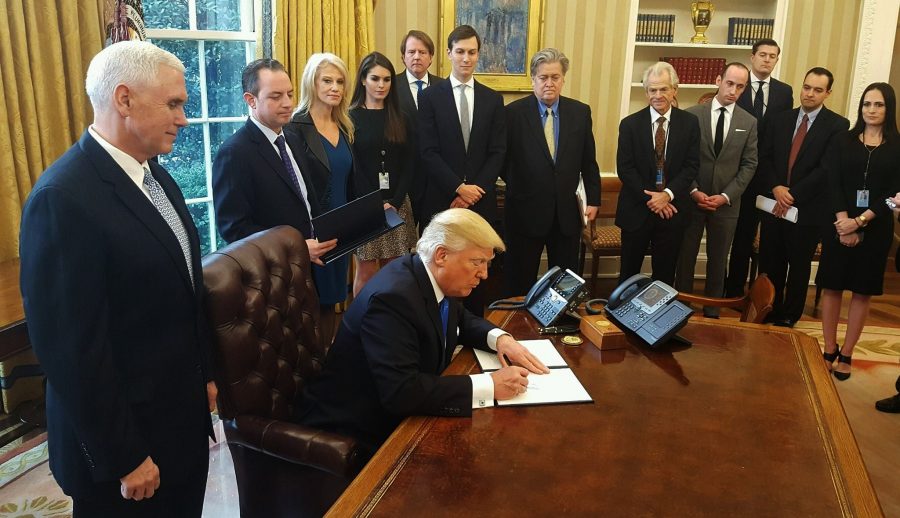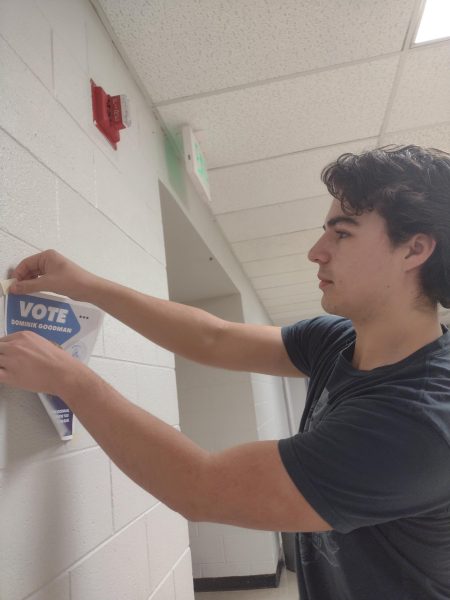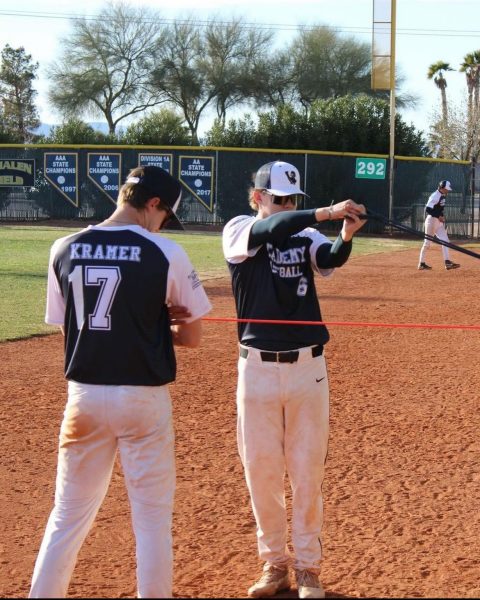An Elucidation of the “Executive Order”
Executive order this; executive order that. During the first weeks of the Trump administration, the media tossed this term around like peanut a sea. Yet, the news has hardly provided any explanation as to what executive orders are and how they work, leaving the audience in want of more information on this peculiar Presidential demand.
Every president of the United States, from George Washington to Donald Trump, has used the power of the executive order. An executive order is a legally binding order given by the president, the head of the Executive Branch, to Federal Administration Agencies. In general, these orders are used to direct federal agencies and officials in the execution of established laws or policies. Legally, the ability to use this power is given in Article II of the Constitution, which allows the president “a grant of executive power.”
However, one characteristic of an executive order makes them extremely desirable for a Commander in Chief; an executive order does not require the approval of Congress to be put into effect. Along with this, an executive order also carries the same legal weight as laws passed by Congress. Because of these features, it is not surprising that most executive orders stem from a president’s desire to bypass Congress. In many instances, executive orders have been used to guide federal agencies in a direction contrary to the intent of Congress. This can incite controversy because having the president make major decisions or laws without the consent of Congress seems to counter the “checks and balances” theme of the unilaterally powerful branches of government.
More than 13,000 executive orders have been issued since 1789. Starting in the early 1900s, the State Department has retroactively numbered past executive orders, and every executive order continues to be numbered today. All new executive orders are easily accessible at whitehouse.gov.
Executive orders have allowed many important policy changes to occur. Some of the more famous examples of executive orders include:
- President Lincoln suspended the writ of habeas corpus and issued the Emancipation Proclamation during the Civil War.
- Harry Truman integrated the armed forces under an executive order.
- In 1957, Dwight Eisenhower issued an executive order to send federal troops to Little Rock, Arkansas, where crowds were preventing the desegregation of an all-white high school.
- Both Presidents Kennedy and Johnson used executive orders to bar racial discrimination in federal hiring, housing, and contracting.
- President Ronald Reagan used the power of the executive order in 1984 to stop the use of federal funds for advocating abortion. However, President Clinton reversed this policy when he took office in 1993.
- One of Obama’s executive orders in 2012 halted the deportation of illegal immigrants who were brought to the United States as children.
Because performing executive orders to go against the intended direction of Congress can be controversial, it is possible for Congress to override an executive order. If Congress does not agree with an order made by the president, it may rewrite or amend a previous law or clarify with greater detail how the Executive Branch must act. However, the president has the power to veto the bill if he disagrees, so essentially, a 2/3 majority in Congress is needed to override a presidential order.
Orders can also be overturned by the Judiciary Branch. If the court deems that an executive order deviates from congressional intent or exceeds the president’s constitutional powers, the order can be challenged. In one of two such cases that have occurred, President Harry Truman had one of his executive orders revoked for overstepping the bounds of presidential authority. In 1952, Truman issued an executive order that placed all of the nation’s steel mills under federal law in an effort to prevent strikes during the Korean War. The Supreme Court ruled that this seizure was unconstitutional because the president did not have the authority by the Constitution or any statute to seize private businesses to settle labor disputes.
Although it may seem that Trump was spectacularly busy, signing plenty of executive orders right from the start, his actions are statistically in line with those of modern presidents. In fact, Obama signed 2 more executive orders in his first three weeks than Trump did, beating him 14-12. While questions have surfaced over Trump’s use of the executive power, the record shows nothing extraordinary in the amount of orders he signed, especially in comparison to presidents such as Franklin Roosevelt, Woodrow Wilson, and Calvin Coolidge. These presidents are top 3 in number of executive orders signed, with 3721, 1803, and 1203, respectively.
For a full list and explanation of each executive order signed by President Trump, see this article from NBC News.

Shalom le'kulam, my name is Jonathan Flat and I am the Managing Editor for this outstanding school newspaper. As a 16-year-old in the 12th grade, I'll...


















Joseph Cordaro • Feb 16, 2017 at 12:16 pm
Wow interesting article! Great job!